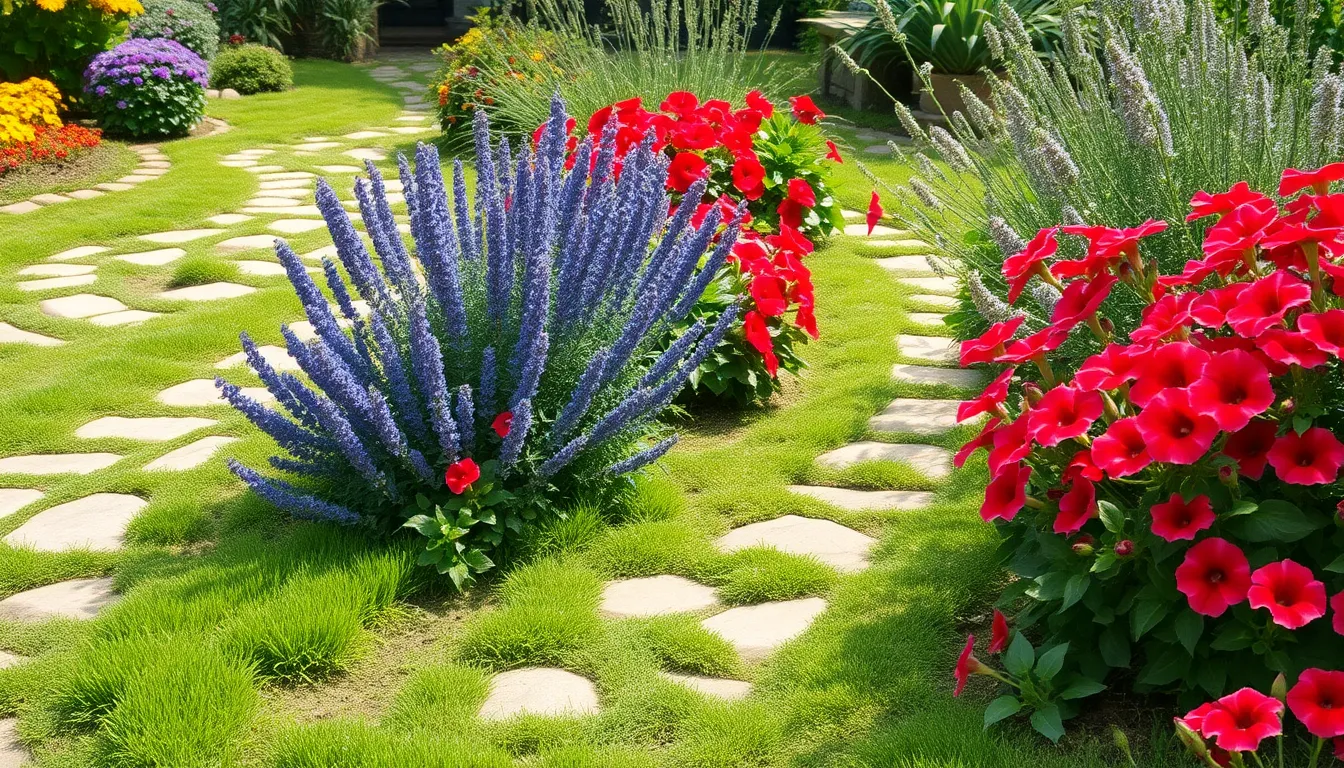Welcoming your furry friends into your garden can transform your outdoor space into a joyful haven for both plants and pets. As any gardener knows, creating a thriving garden is an art, but when you add pets into the mix, it becomes a delightful dance of balance and harmony. Whether you’re just getting your hands dirty or have a seasoned green thumb, designing a pet-friendly garden presents unique challenges and rewards that are well worth the effort.
Understanding the needs of your four-legged companions while nurturing your plants can seem daunting, but it doesn’t have to be. In this article, we’ll explore practical tips and creative solutions to ensure your garden is a safe, thriving environment for your pets and plants alike. From choosing non-toxic, durable plants to crafting engaging spaces for play and exploration, you’ll discover how to make your garden a sanctuary for all members of your household.
You’ll learn to identify potential hazards and how to mitigate them, ensuring peace of mind as your pets roam freely. With our guidance, even the most novice gardener can create a pet-friendly paradise that maintains the beauty and vitality of their garden. So, grab your gardening gloves and a curious spirit as we embark on this path to merging your love for gardening with your affection for your pets.
Select Non-Toxic Plants
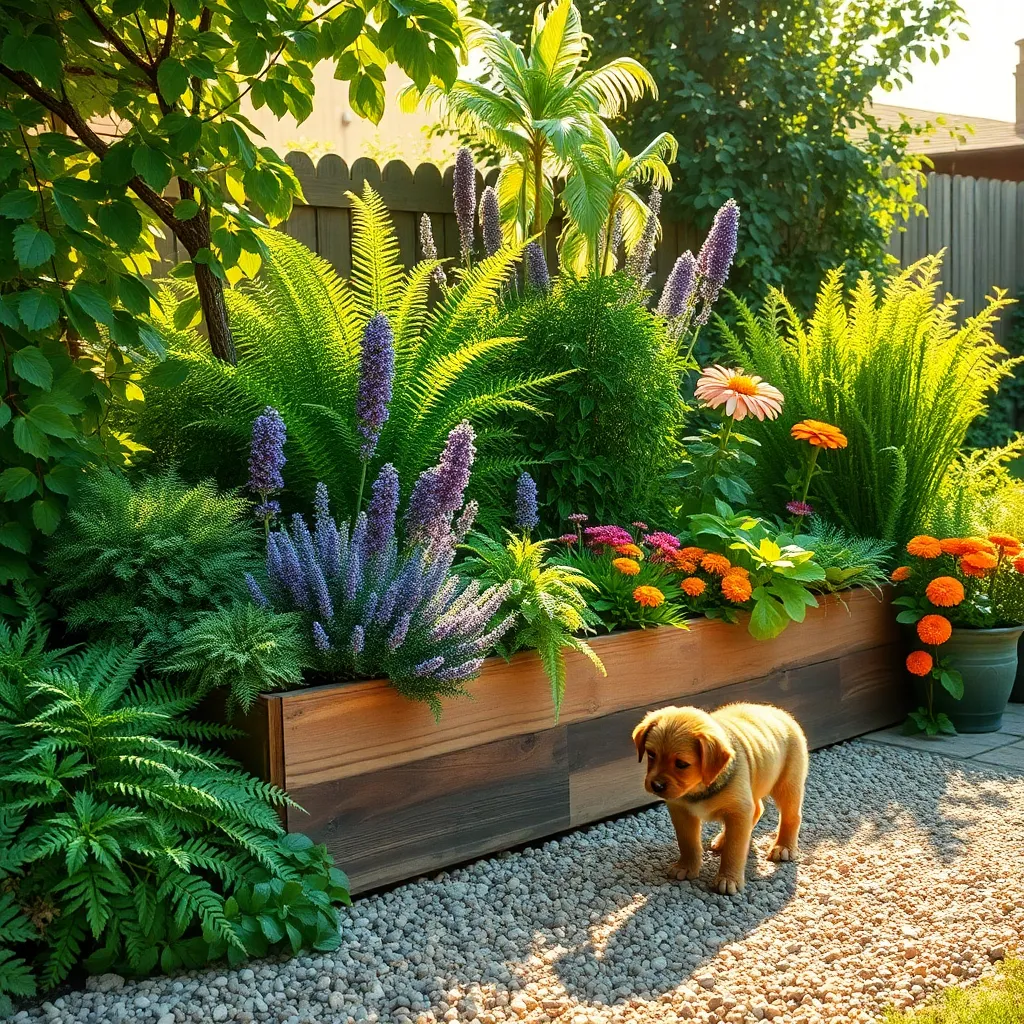
When planning a pet-friendly garden, it’s crucial to choose plants that won’t harm your furry friends. Common non-toxic options include herbs like basil and vegetables such as carrots, which are safe for pets and easy to grow in most climates.
Consider adding colorful blooms like sunflowers and zinnias, which are not only pet-safe but also attract pollinators to your garden. Both of these plants thrive in full sun and well-drained soil, making them a great choice for garden beds or pots.
For those looking for greenery, ferns and bamboo are excellent non-toxic options that add lush texture to your space. Ferns prefer indirect light and consistently moist soil, while bamboo can tolerate a range of light conditions and requires regular watering during dry spells.
Advanced gardeners might explore non-toxic succulents like haworthia and echeveria, which add unique shapes and textures to your garden. These succulents need well-draining soil and minimal water, thriving in bright, indirect sunlight, making them low-maintenance yet striking additions.
Create Shady Rest Areas
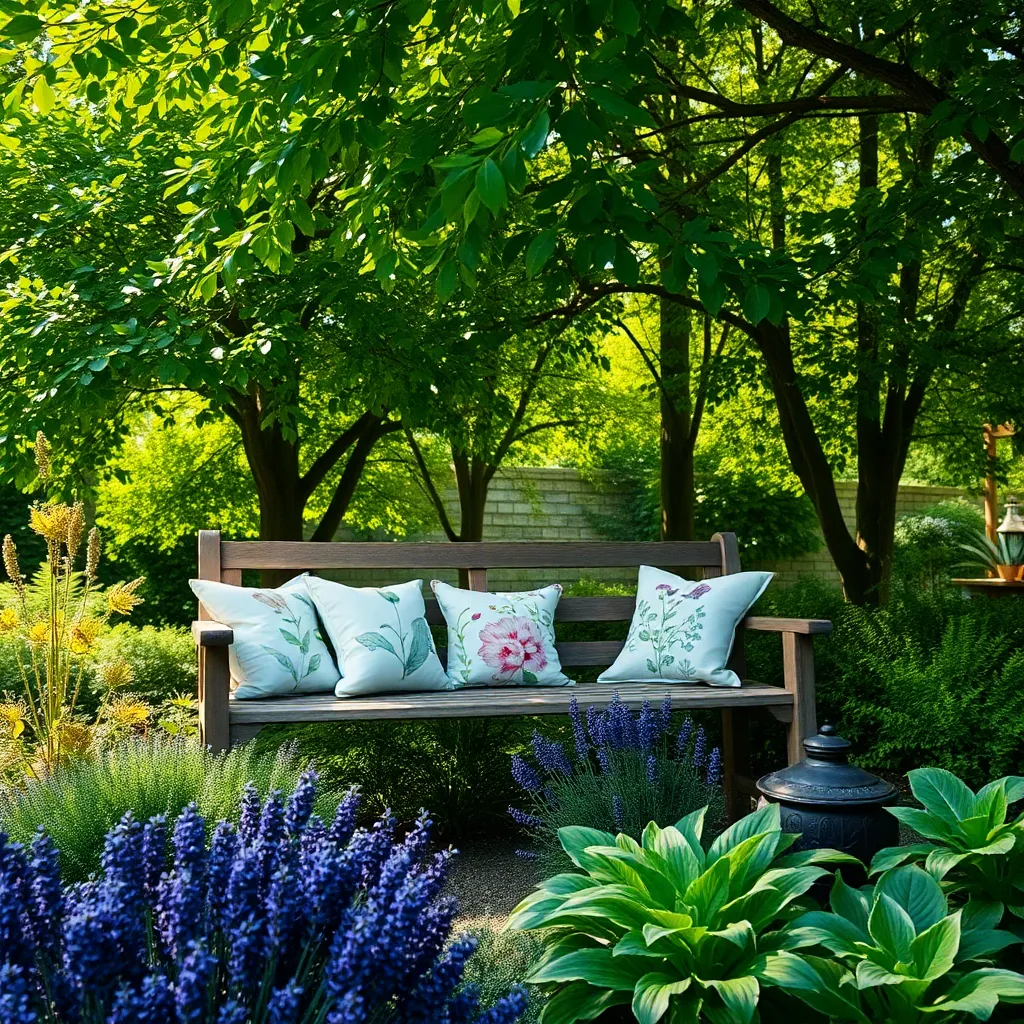
Creating shady rest areas in your garden is essential for providing your pets with a comfortable retreat from the sun. Consider planting a mix of fast-growing trees and shrubs, such as Maple or Dogwood, which can offer immediate relief with their dense canopies.
To ensure the health of your shade-providing plants, select species that thrive in your local climate and soil conditions. For instance, Maple trees prefer well-drained soil and benefit from regular watering, especially during dry spells.
In addition to trees, use large, leafy plants like Hostas or Ferns to enhance the cooling effect in your pet-friendly garden. Hostas are particularly low-maintenance, requiring only occasional watering and thriving in shaded areas with rich, moist soil.
For gardeners looking to create a more advanced setup, consider installing a pergola or trellis with climbing plants like Wisteria or Clematis. These structures can provide extra shade and visual interest, while Clematis thrives in partial shade and requires well-drained soil and regular pruning to maintain its vigor.
Install Secure Garden Fencing
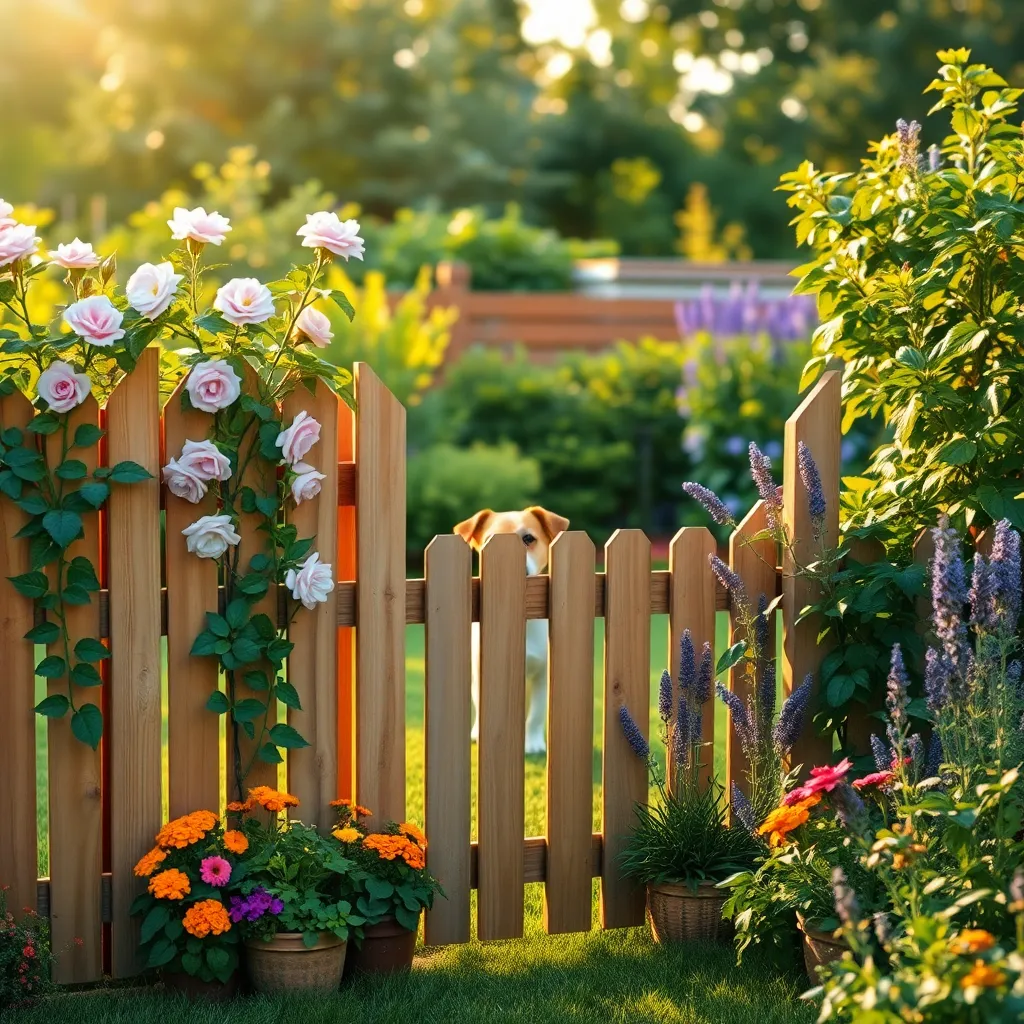
When planning to install secure garden fencing, consider the specific needs of your pets to ensure their safety and freedom. A fence should be tall enough to prevent jumping and sturdy enough to withstand any digging attempts, providing peace of mind for you and a secure play area for your pets.
Choose materials that are both durable and safe, such as vinyl or wood, which are less likely to cause injury. Regular maintenance of the fence is crucial, so inspect for any damage or weak spots that might allow a determined pet to escape.
For those with digging pets, consider burying a portion of the fence underground or using mesh wire at the base to deter escape attempts. If your garden is prone to wet conditions, ensure that the fencing materials are resistant to moisture to prevent rot and prolong their lifespan.
Additionally, planting a hedge along the inside of the fence can provide an extra layer of security and aesthetic appeal. Choose dense-growing species like boxwood or holly that are both attractive and effective barriers, enhancing the overall look of your garden while keeping your pets safe.
Provide Fresh Water Sources
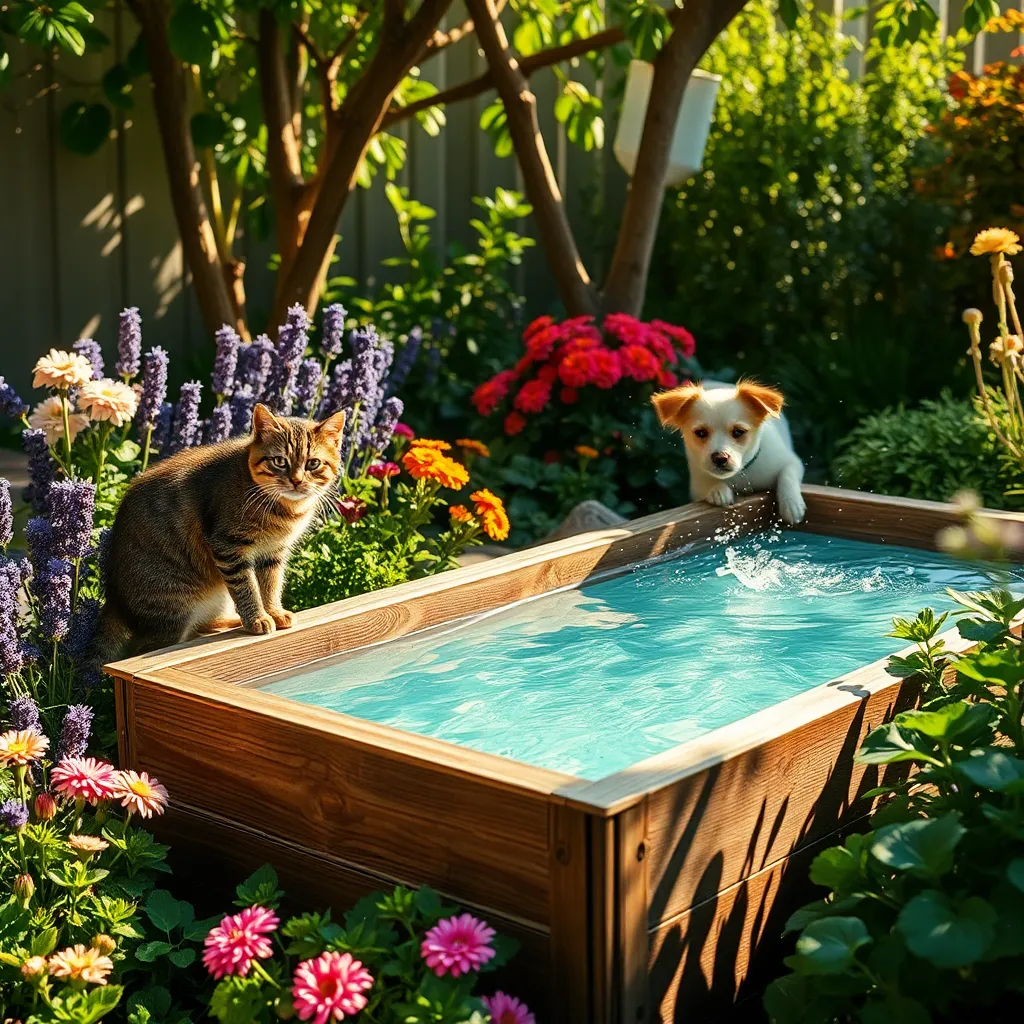
Ensuring your garden has fresh water sources is crucial for making it more pet-friendly. Pets, like humans, need access to clean water, especially during hot weather or after playtime in the garden.
Consider installing a small fountain or birdbath, which can serve dual purposes. Not only will these features provide hydration for your pets, but they will also attract birds and beneficial insects to your garden.
When setting up water features, ensure they are placed in a shaded area to keep the water cool and fresh. Regularly clean these water sources to prevent algae build-up and mosquito breeding, which can be harmful to both pets and plants.
For those with larger gardens, a shallow pond can be an excellent addition. Make sure the edges of the pond are gently sloped to allow easy access for pets to drink or cool off safely.
To maintain these water features, use a natural enzyme cleaner that is safe for animals and plants. This keeps the water clear and healthy without harming your garden ecosystem.
Designate Play Zones
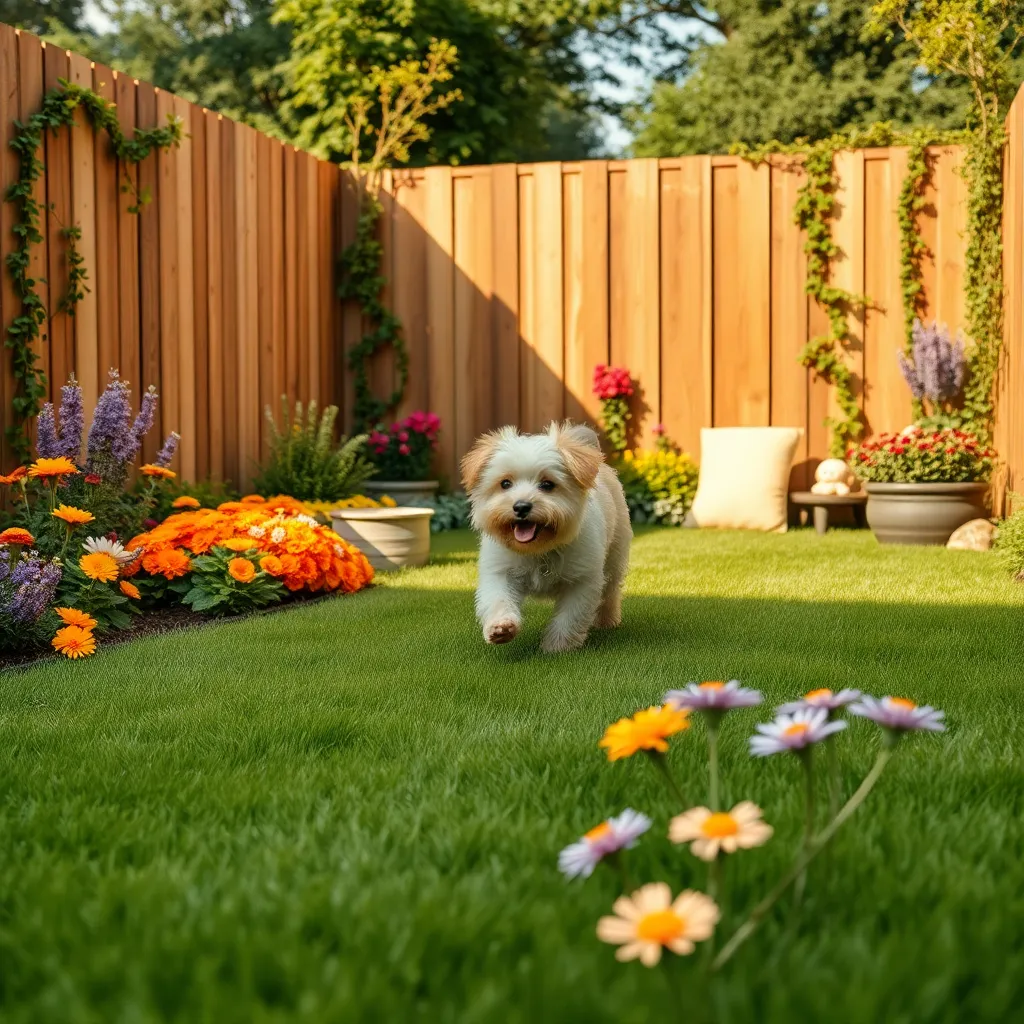
Creating designated play zones in your garden will help keep both your pets and plants safe. Identify areas where pets naturally gravitate and consider turning these into play zones to minimize accidental damage to your garden beds.
To create a pet-friendly play zone, consider using durable surfaces such as mulch or gravel that withstands wear and tear. These materials not only handle frequent use but also provide good drainage, reducing muddy paws after rainfall.
Incorporate sturdy plants like lavender or rosemary around the play area, which are hardy and less likely to be damaged. Their robust nature and pleasant aroma can enhance the garden’s appeal while standing up to energetic play.
For advanced gardeners, creating a border with low-growing shrubs or ornamental grasses can help delineate play zones clearly. This visual boundary not only keeps pets within safe areas but also adds aesthetic value to the garden.
Conclusion: Growing Success with These Plants
As you cultivate a pet-friendly garden, remember the five key relationship concepts we’ve explored: understanding your pet’s needs, creating safe spaces, choosing non-toxic plants, investing in multi-sensory experiences, and fostering positive interactions. These principles not only enhance your garden but also deepen the bond you share with your furry companions.
To take immediate action, start by evaluating your garden’s layout—identify any hazards and consider your pet’s perspective to make necessary adjustments. This small step can significantly improve the harmony between your pets and their environment.
To ensure these valuable insights are always at your fingertips, save or bookmark this article. It’s a handy guide as you continue to nurture your pet-friendly haven.
Looking ahead, remember that every positive change in your garden is a step forward in strengthening the relationship with your pets. By fostering an environment where they feel loved and secure, you’re laying the foundation for a lifetime of mutual joy and companionship. Embrace these changes with confidence, and watch your relationships flourish!

